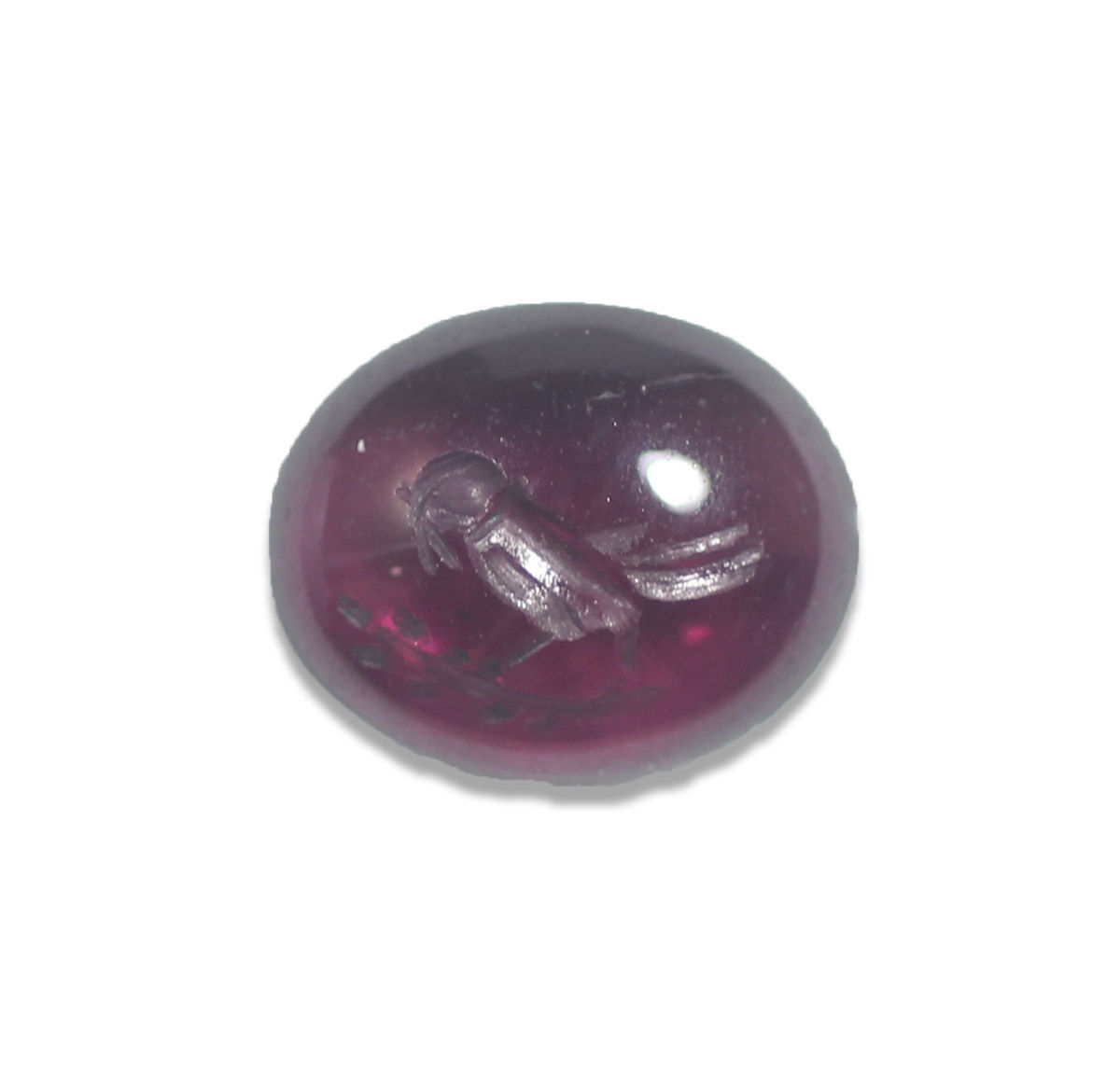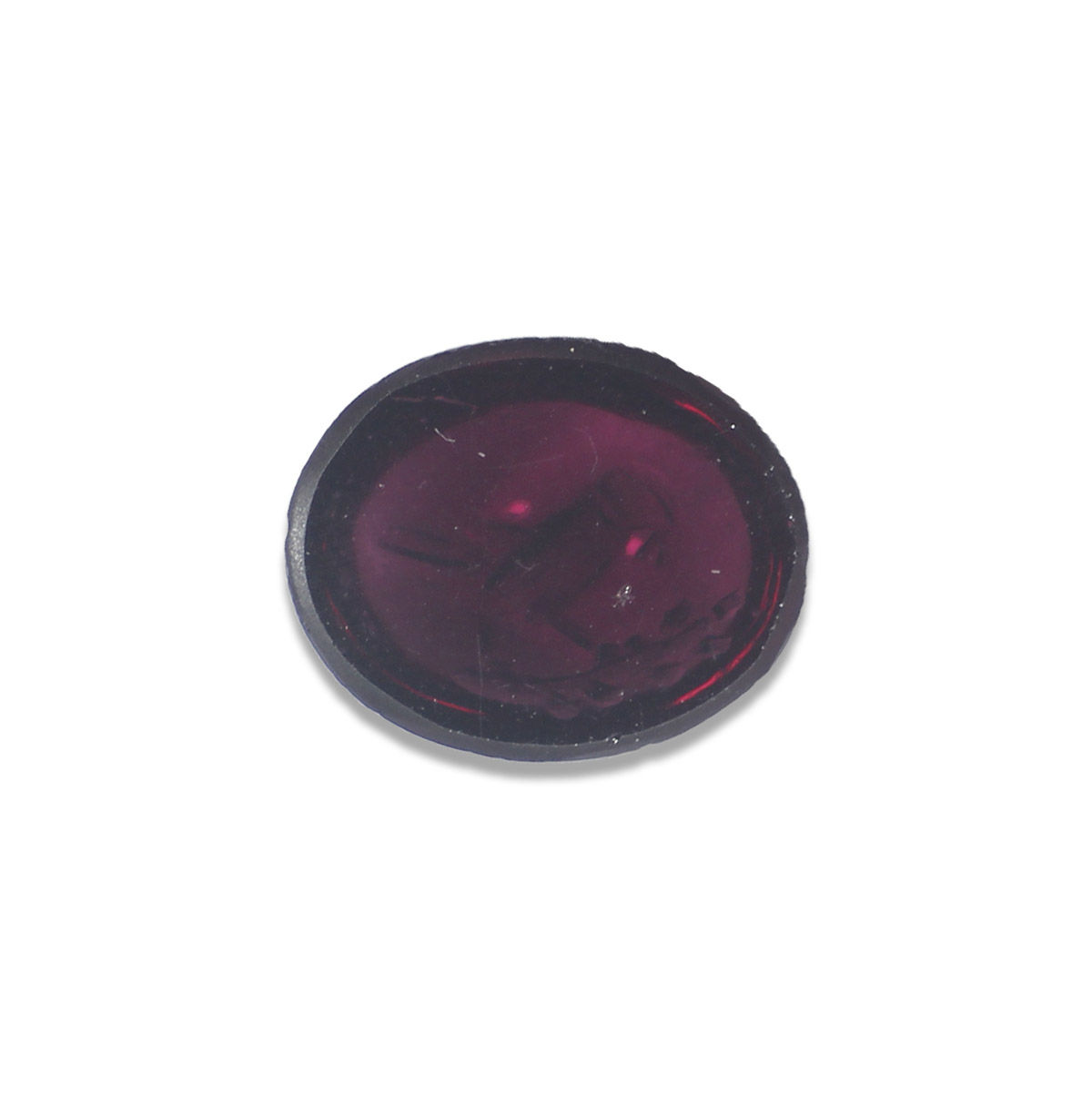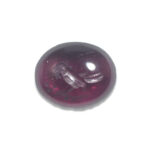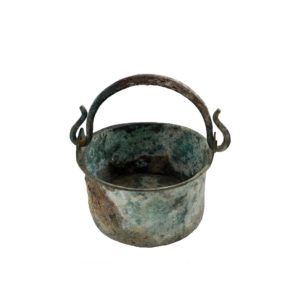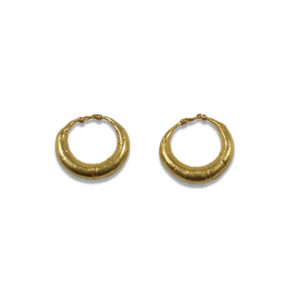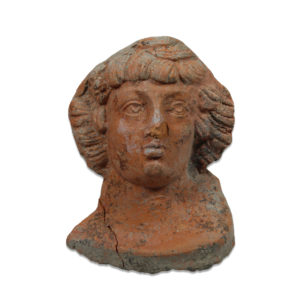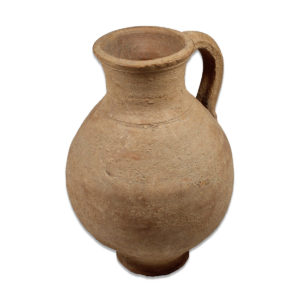Description
| ITEM | Intaglio stone depicting a parrot |
| MATERIAL | Gemstone, Lucent glass |
| CULTURE | Roman |
| PERIOD | 2nd – 3rd Century A.D |
| DIMENSIONS | 10 mm x 7 mm |
| CONDITION | Good condition |
| PROVENANCE | Ex Austrian private collection, M.S. Collection, acquired before 1970 |
Parrots (psittaci) – Varro mentions them among rare birds exhibited at public shows. The increase of trade between Egypt and India in the time of Augustus probably helped to make the parrot a common pet in Italy under the Empire. For it was chiefly, at least, the green Indian parrot that the Romans knew. “India sends us this bird” says Pliny; and he adds that its whole body is green, except for a red band on the neck. Of the grey West African parrot, a far better talker than the Indian, there is no trace in the Roman Empire. But green African parrots may have found their way to Italy.
The parrots were very popular in Rome’s affluent homes, are described by Pliny as imports from India and “especially frolicsome under the influence of wine.” Even more ostentatious and expensive were pet peacocks, ridiculed alike by Greek comedic playwrights and Roman moralists.
It was a loyal and correct thing to teach one’s parrot to say Ave, Caesar. The birds were taught the conventional greeting “How d’you do” and little tricks such as pulling a chariot. A parrot that would not learn its lesson was punished by being beaten on the head with an iron rod – its head, says Pliny, is as hard as its beak. It seems to have been a common amusement to give one’s parrot wine and watch the effects.
Two Roman poets composed elegies on dead parrots – Ovid on one that had belonged to his mistress, Corinna, and Statius on the bird of his friend Melior. Melior’s parrot had a cage with silver bars and with decorations in tortoise-shell and ivory. It had seemed to be quite well on the evening before its death.


